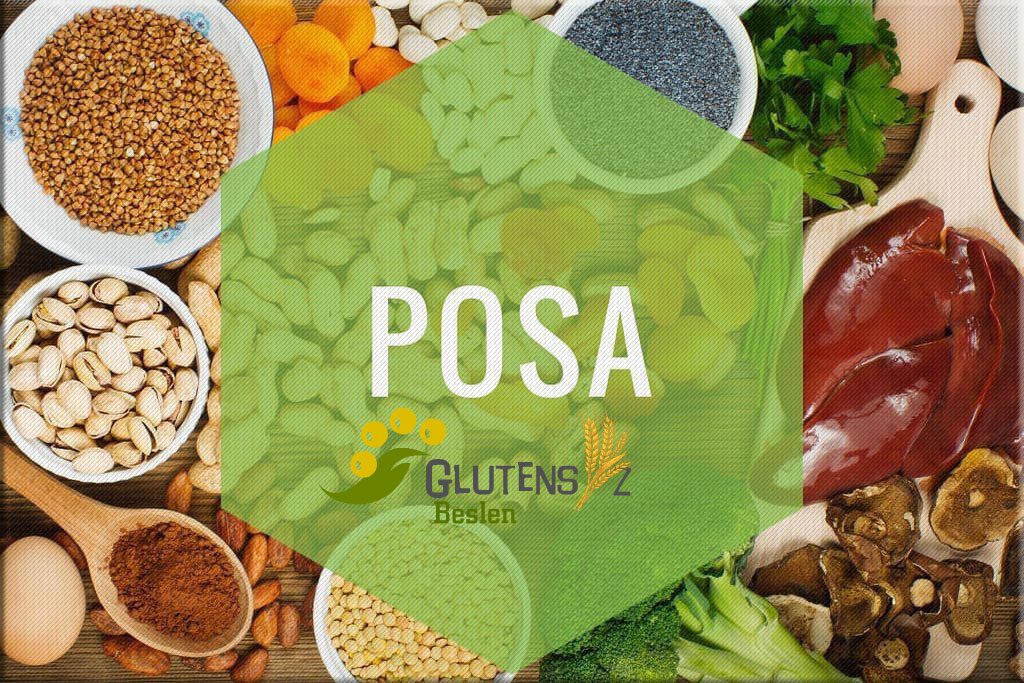What is Pulp?
The indigestible parts of food are called pulp. pulp; It creates a feeling of fullness and ensures the regular functioning of the intestinal system. It also has an important role in preventing obesity, type 2 diabetes and cardiovascular system diseases. The best sources of dietary fiber are; legumes, whole grain products, fresh vegetables and fresh fruits. Fiber is quite possible on the gluten-free diet.
It can also be taken as a dietary supplement or as a fiber derivative, but the most efficient form of fiber is the one taken with food.
According to the Turkish nutrition guide (TUBER), the amount of pos/fiber that should be taken daily according to age and gender is given in the table below:
| Age | Woman | Male |
| 2-3 Age | 10 g | 10 g |
| 4-6 Age | 14 g | 14 g |
| 7-10 Age | 16 g | 16 g |
| 11-14 Age | 19 g | 19 g |
| 15-17 Age | 21 g | 21 g |
| ≥17 Age | 25 g | 25 g |
Nutrients in Gluten-Free Diets
Gluten-free diets should meet the daily needs of micro and macro nutrients. In general, gluten-free products are foods that are poor in fiber, B vitamins, folate and iron.
Nutrients that provide energy to the human body are macronutrients. Distribution of daily energy intake according to nutrients; It should be taken from 55-60% carbohydrates, 25-30% fat, 15-20% protein.

Fiber in Celiac Disease (Gluten Free Diet)
In celiac disease, daily consumption of 25-35 grams of fiber is recommended. The flours used in gluten-free bread making are poor in pulp. Processes applied to foods to obtain gluten-free products also reduce the fiber content, therefore, fiber intake deficiencies occur in gluten-free nutrition. Studies show that dietary fiber is insufficient in celiac patients, and the intake of macronutrients (carbohydrate, fat, protein) in daily energy intake is unbalanced.
Gluten-Free Diets and Ways to Increase Fiber Content
Individuals following a gluten-free diet are likely to have nutrient deficiencies, especially protein and fiber. In order to prevent this, foods with high fiber content should be preferred in the gluten-free diet.
For example; Instead of consuming a lot of gluten-free foods with high starch and low fiber content in rice and potatoes, gluten-free foods with high fiber content such as amaranth, quinoa, buckwheat should be preferred in diets.
In addition, at least 5 portions (400 grams) of fresh vegetables and fresh fruits should be consumed daily for fiber intake.
Gluten is usually found in products such as pasta and bread. However, gluten can be added to products such as soups, sauces and pickles for purposes such as providing texture and being water/oil retainer. For this reason, it is very important to read labels in a gluten-free diet. This becomes even more important in diseases such as celiac, gluten ataxia, gluten intolerance. Especially pulp and protein; Care should be taken to choose products containing vitamins and minerals such as calcium, iron, vitamin D, vitamin B, folate, and zinc.



